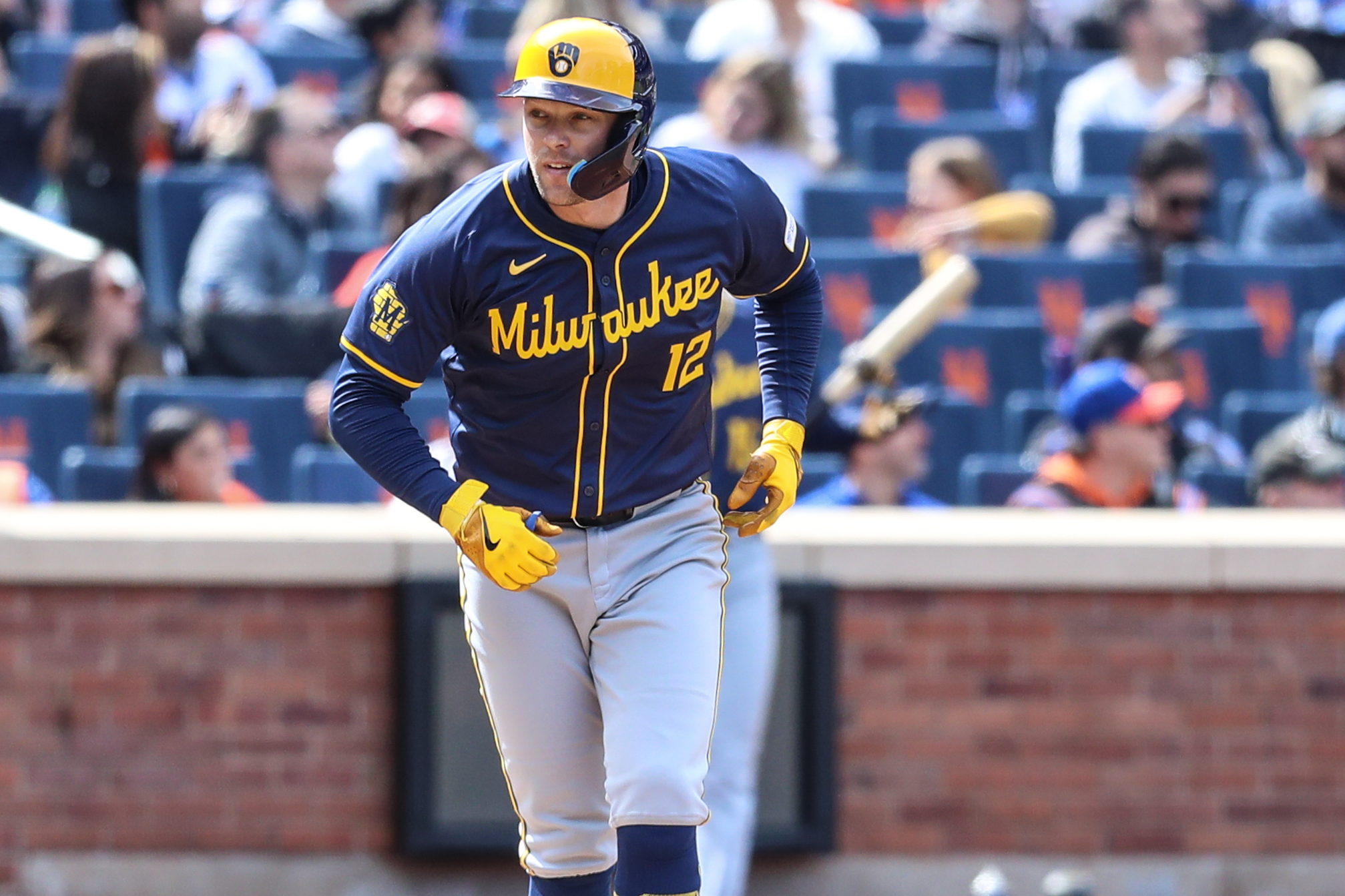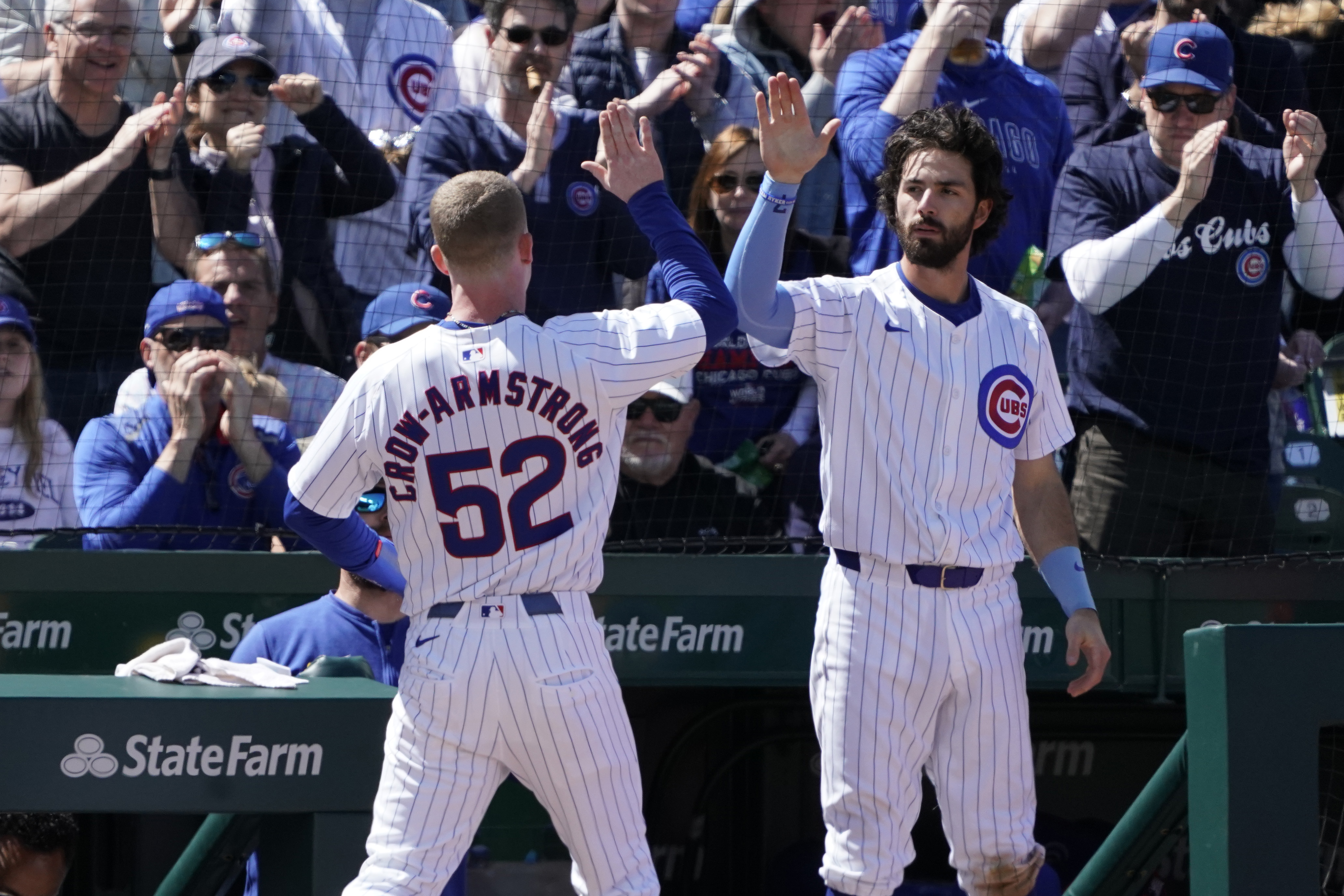Stat geeks and seam heads can model make-believe seasons and debate from here until stay-at-home orders are lifted whether the ramifications of the coronavirus shutdown will help or hurt the Cubs — or any other team — if an abbreviated season is played this year.
After an offseason that added little to the Cubs' big-league roster following last season’s playoff miss, it already was doubtful just how much was worth debating even before the 2020 season was put on hold.
But the Bears aren’t the only team on the clock when it comes to a draft that figures to matter in Chicago sports this year.
RELATED: Last Dance, the sequel: Can Cubs avoid trap of 1997-98 Bulls?
While the Cubs didn’t do much to their major-league team over the winter, they made dramatic changes to a scouting and player development structure that has underperformed for eight years under the current regime.
A restructuring that included moving senior executive Jason McLeod to major-league operations and hiring former Cardinals scouting director Dan Kantrovitz as head of amateur scouting made this year’s draft an especially big part of the Cubs’ 2020 calendar — its place on that calendar and its length now uncertain because of the shutdown.
“My heart goes out to those guys,” said Matt Dorey, who was promoted from amateur scouting director to senior director for player development as part of the reshuffling. “They put so much work and time in attacking the draft, and we’re really well positioned.”
MLB
For the area of the Cubs organization that underwent the most change since last season, the coronavirus shutdown has produced a kind of bad-news, good-news, best-news scenario four weeks into the delayed season.
The best: None of the roughly 200 players in the system and none of the coaches or managers are known to have contracted the virus as of late Wednesday, Dorey said, crediting the Cubs’ medical staff and an aggressive, early approach with preventative measures.
The Cubs said late in the week the big-league side of the operation also has experienced no known cases.
The roster of minor leaguers includes two Italian prospects who stayed behind in their home country as a precaution even as spring training began. In fact, pitching prospect Matteo Bocchi, who lives in the hard-hit area of Parma, continues to keep his arm in shape by throwing into a quilt hung between trees at home and lifts weights fashioned from cinder blocks by his dad.
Whether he or any other prospects have a season to play is in greater doubt than the big-league season.
“This is all uncharted,” said Dorey, who avoids speculation while working with the rest of the staff to try to be ready for any contingency. “Once we have a better idea what the major league season will look like, then we can work backwards from there.”
As for the bad-news, good-news part of the scenario, Major League Baseball and the players union agreed last month to a delayed and shortened draft that could be moved from June into July and shortened from 40 rounds to as few as five or 10.
With no amateur leagues to scout and individual tryouts banned, that could at first glance serve as an equalizer for teams competing for impact depth in the draft, and a greater disappointment for teams that pour more resources into that part of their operation or otherwise feel a greater stake in acquiring young depth right now.
The Cubs, who haven’t developed a homegrown pitcher in eight years who has stuck for even a season, certainly fit that bill.
For his part, Kantrovitz began working with his staff on analytics-based draft models as soon as he was hired.
“As an organization we’d definitely prefer more rounds and hope that there are because we know how much value can be pulled from the draft, especially with our new amateur scouting infrastructure and leadership,” Dorey said. “We’ll wait and see, follow [directives] from major league baseball and control what we can control.”
RELATED: Why MLB’s plan to eliminate minor-league teams won't impact Cubs
Another reported discussion involving amateur acquisition this year involves a possible $10,000 cap on signing bonuses for undrafted eligible players, which is expected to mean a lot of those players starting or returning to college instead of accepting offers.
The Cubs don’t have any compensatory picks this year. Their first three picks are at 16th, 51st and 88th overall.
But Dorey sees the good news in some of the changes and the prep work that already was done.
“If anyone’s positioned to have success with all these uncertainties, it’s Dan and his group,” Dorey said. “I’m really excited about the opportunity to bring in more impact talent to the organization. Obviously, I have close personal connections with all of those scouts on that staff, and I know they’ve been working their tails off to beat the competition.”
Click here to download the new MyTeams App by NBC Sports! Receive comprehensive coverage of the Chicago Cubs easily on your device.

